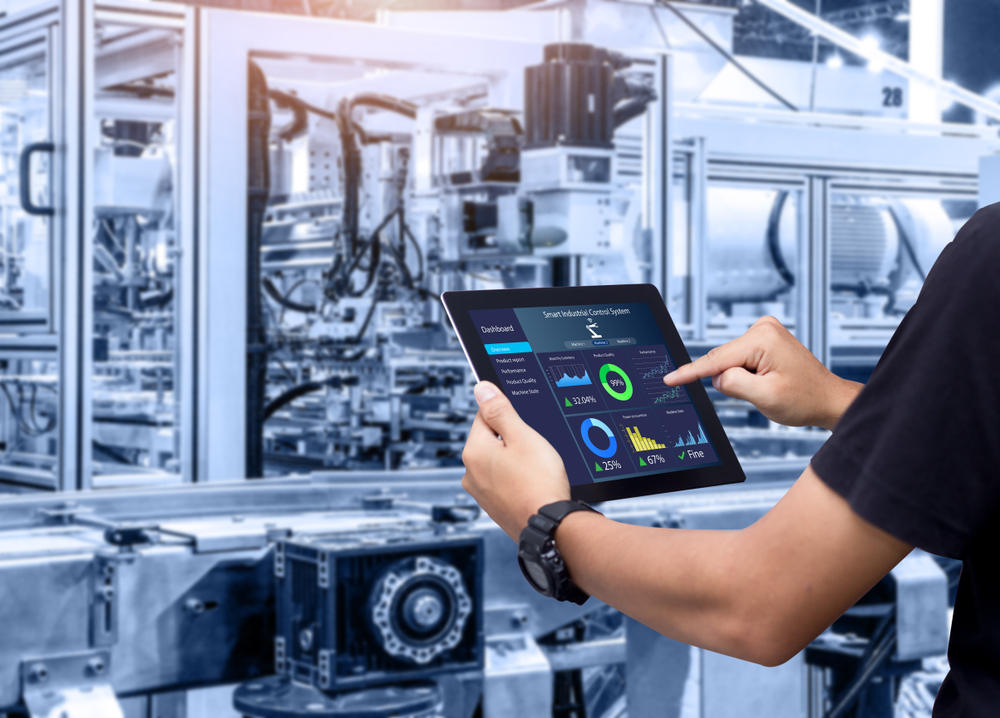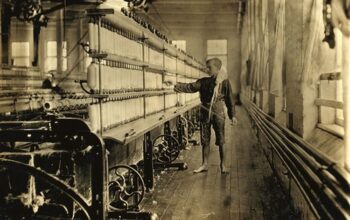
Human and Machine Integration to Improve Efficiency – In this modern era, technological developments have changed the world in unexpected ways. One of the main aspects that continues to develop is the integration of humans and machines. In an effort to improve efficiency in various sectors, the involvement of humans and machines is becoming increasingly important. As technology advances, humans and machines work together to create a synergy that allows us to optimize results and achieve competitive advantage. Through the integration of man and machine, we can achieve previously unimaginable efficiencies.
The integration of humans and machines brings significant benefits in various fields
For example, in the manufacturing industry, robotics and automation have changed the way we produce goods. Humans and machines work together to optimize production processes, improve product quality, and reduce human errors. When humans and machines complement each other, productivity increases in an unprecedented way.
In addition, in the health sector, the integration of humans and machines has brought revolutionary changes. The use of advanced diagnostic technologies, such as artificial intelligence (AI) and data analysis, has enabled earlier detection of disease, more effective treatment and more personalized patient care. Humans as doctors or medical personnel can utilize technology to improve the accuracy of diagnosis, monitor patients in real-time, and optimize treatment. Collaboration between humans and machines in the health sector has changed the way we treat and heal people in extraordinary ways.
Not only in industry and health
the integration of humans and machines also has a positive impact on the transportation sector. With autonomous technologies, such as self-driving cars and connected vehicles, humans and machines can work together to create safer, more efficient and environmentally friendly transportation systems. The computational ability of machines to process data and make decisions quickly, combined with the ability of humans to plan and manage, have created tremendous innovations in human mobility.
It is undeniable that the integration of humans and machines has created a new paradigm in many fields. However, despite the benefits, we are also faced with some challenges. One of them is the concern about the replacement of human workers by machines. However, if we take a closer look, the integration of humans and machines is actually creating new opportunities for work that is more creative and oriented towards human skills. In an era where machines can perform routine tasks, humans can focus on innovation, collaboration, and skills that machines cannot replace, such as empathy, complex problem solving, and creativity.
It is important to note that man-machine integration is not about replacing humans by machines, but about how we can combine the strengths of the two to achieve better results. In realizing this integration, it is important for us to continue to develop our understanding and skills. Education and training are very important to prepare people to face this ever-moving change. We must ensure that society has access and the ability to adapt to ongoing technological developments.
In conclusion
the integration of humans and machines is an unavoidable step forward in this digital era. In many sectors, humans and machines work together to increase efficiency, productivity and innovation. We must view this integration as an opportunity to create a better future, not as a threat to human work. By tapping into their strengths and weaknesses, we can achieve greater progress in various aspects of our lives. Through the integration of humans and machines, we can bring about positive changes and achieve limitless efficiencies.


